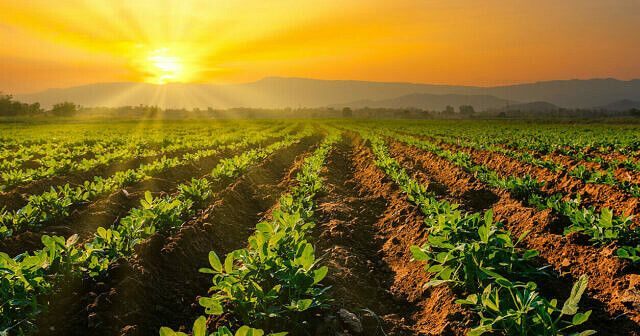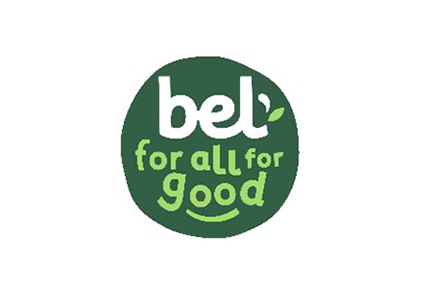Talking Regenerative Agriculture at the World Biodiversity Summit 2021
19th October 2021
Overview
The fifteenth meeting of
the Conference of the Parties
on Biological Diversity (COP15)
took place online between
11th and 15th October

Hosted by China, this was the first of two phases with the second taking place in person in the city of Kunming in May 2022. The conference initiated a negotiation marathon between governments to agree on the post-2020 global framework. The aim is to commit to tangible actions and clear targets to decrease pressure on biodiversity and fulfill the shared vision of living in harmony with nature by 2050. The Chinese government has already announced the creation of a 233 million euro biodiversity fund aimed at supporting developing countries for biodiversity protection.
Alongside this important milestone for the future of nature, SAI Platform participated in the World Biodiversity Summit organised by the World Climate Foundation to define what leading stakeholders need to do in the medium and long-term to support the post-2020 global framework.
Leading stakeholders from government, business, international organisations, academia and civil society assembled to share best practice, explore new market opportunities and help set up cross-sectoral alliances and projects. The programme focused on cross-cutting factors shaping biodiversity and climate action in several industries through three lenses: sustainable and productive oceans, sustainable forest management and regenerative agriculture and food security.

SAI Platform presented the recently published ‘version 0’ of the Regenerative Agriculture Framework to support alignment across the supply chain. This set of principles aims to increase clarity and efficiency by providing a common framework that reduces the multiplication of requirements across the supply chain. It also includes a set of activities and metrics that farmers can utilise and build on for on-farm improvement and on which supply chain partners can rely on when communicating corporate and industry driven KPIs. The work initiated in 2021 by members and partners will continue in 2022 and is open to any members who would like to contribute with knowledge, experience sharing and capacity-building.
SAI Platform member ADM, provided an insightful presentation on its work as a ‘middle-man’ between farmers and consumer brand companies. By working with other stakeholders and supply chain partners, ADM are economically incentivising farmers to progressively deploy new practices, currently resulting in 13 million acres globally in a regenerative or sustainable agriculture programme.

The panel, moderated by the OECD Environment Directorate, also included the asset manager, Ossiam (Natixis Affiliate) and the gene banks foundation, Crop Trust. These key stakeholders discussed how to catalyse capital into innovative solutions, quickly focusing on the link between measurement and financing schemes.
According to Ossiam, capital provision will only be addressed if there is transparent and comparable data available to track progress. As an asset manager focused on biodiversity, they highlighted the need for disclosure of indicators and the hope that in the future, indicators such as the Mean Species Abundance will be available, as is currently the case for CO2 emissions. They also recognised the key role that companies like ADM play in providing a link between the financial system and the farms, that are often very diverse across geographies, a complexity that the financial system does not have the knowledge or skill for.
While ADM agreed on the need to measure outcome and associating it to efficiency (food print calculation, carbon sequestration measurement and cost reduction), they also pointed out that definitions of terms such as biodiversity or regenerative agriculture need to include clear indications about what needs to be measured and how. Among the increasing number of data platforms, it is critical to find a way to have credible data with feasible collection methods that enable aggregation and if need be, verification, but without imposing a tremendous burden of time and money to farmers.
Finally, Crop Trust, with its long-standing experience in developing financial schemes to preserve genetic biodiversity, reminded that there is real economic value to protect the use and development of global public goods such as plant genetic resources, citing a study published in 2020 that demonstrated that a single Andean potato variety could provide an estimated 1 billion dollars in value to farmers in a single country.
The last part of the World Biodiversity Summit will take place next November in parallel with the Convention of the Parties for Climate (COP26). Discussions will continue on regenerative agriculture (session 1) as well as how the triptych policy-technology-financing can support resilient food systems (session 2).
For more information on the Regenerative Agriculture Framework and how to get involved, contact Lexi Clark at lclark@saiplatform.org.


